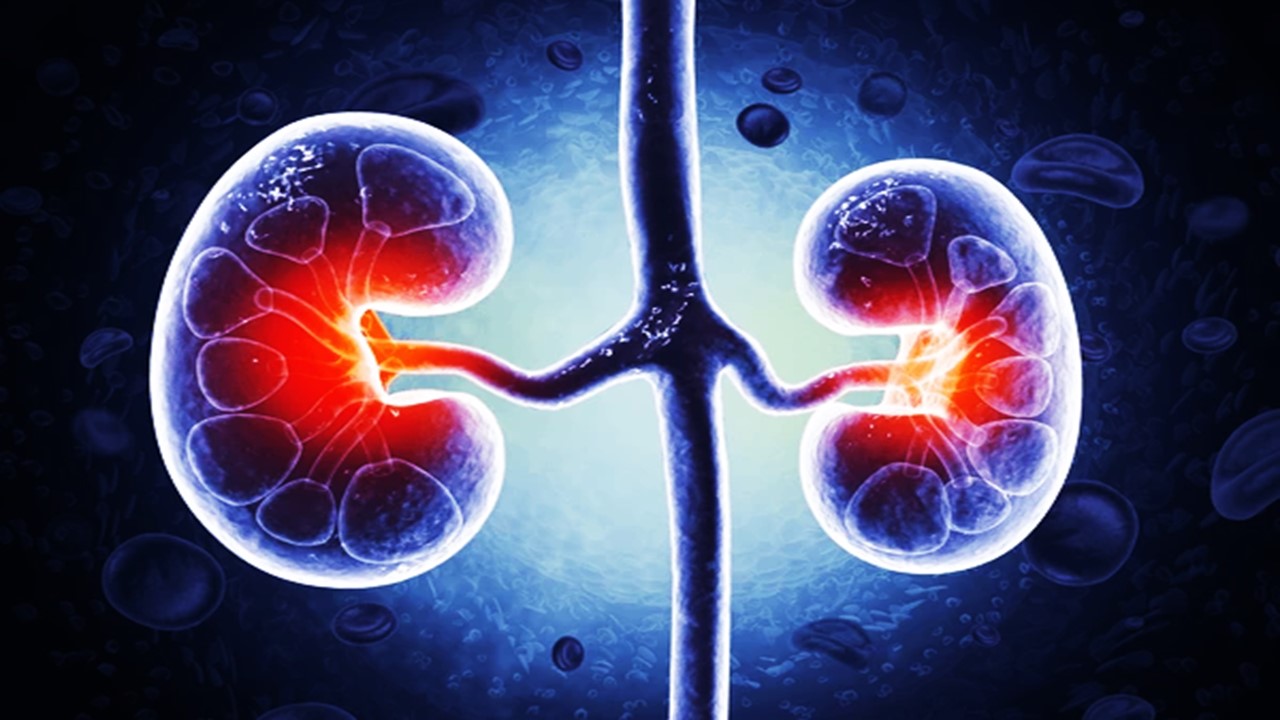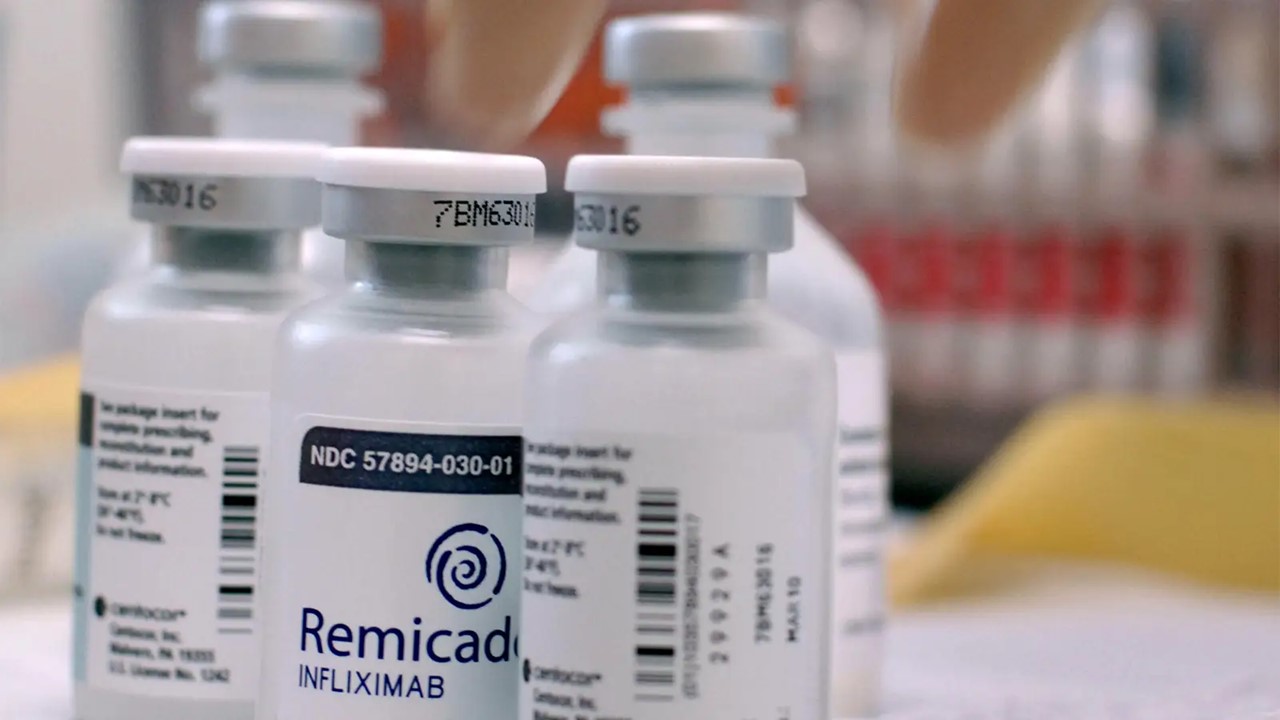In the intensive care unit (ICU), shock represents a pressing challenge with significant mortality risks. Timely diagnosis and precise intervention are pivotal in preventing organ failure and maintaining patient stability. Traditional diagnostic methods primarily rely on physical examination and biochemical indicators of systemic hypoperfusion. However, these signs offer limited insights into the specific type of shock and may fall short in evaluating treatment response or accurately pinpointing the underlying cause.
Invasive hemodynamic monitoring has long been the cornerstone of resuscitation in critical care settings, yet this approach introduces its own risks and often lacks immediate availability. Recently, critical care ultrasound (CCU) has emerged as an effective, non-invasive alternative. CCU brings a rapid, safe, and bedside-accessible tool that equips clinicians with real-time data, guiding therapeutic decisions in acute, life-threatening situations.
Hemodynamic Profiles: Decoding Shock Types
Shock is generally classified into four main types based on hemodynamic criteria: cardiogenic, hypovolemic, obstructive, and distributive. Each category reflects a unique underlying mechanism, which is essential for targeted treatment. By measuring cardiac index (CI), systemic vascular resistance (SVR), central venous pressure (CVP), and pulmonary artery occlusion pressure (PAOP), CCU allows the classification of these shock subtypes without invasive procedures.
Through CCU, clinicians can quantify CI by analyzing the left ventricular outflow tract (LVOT) and velocity time integral (VTI), combined with heart rate and body surface area. This calculation aids in identifying patients with either low or high CI, marking an essential first step in differentiating shock subtypes. Once a preliminary hemodynamic profile is established, clinicians can refine the diagnosis by answering a systematically ordered set of clinical questions.
Low Cardiac Index Shock: Obstructive, Cardiogenic, and Hypovolemic Variants
In patients presenting with low CI, the initial diagnostic focus often involves ruling out obstructive shock, a subtype where immediate intervention is critical. Obstructive shock stems from disruptions in the great vessels or cardiac circulation, with conditions such as tension pneumothorax, cardiac tamponade, or pulmonary embolism (PE) at the forefront. For instance, a massive PE can significantly increase right ventricular (RV) afterload, leading to RV dilation, decreased contractility, and ultimately a drop in cardiac output (CO). Through echocardiographic features like McConnell’s sign, the 60-60 sign, or a thrombus within the right heart, CCU can guide critical decisions regarding reperfusion therapy.
Cardiogenic shock, another subtype of low CI shock, involves impaired cardiac output due to left ventricular (LV) dysfunction. By assessing metrics such as IVC diameter, LV ejection fraction, and E/e’ ratio, CCU provides a nuanced view of heart function and pressures. This analysis informs therapeutic choices, with profiles suggesting specific interventions like diuretics, inotropes, or vasodilators, depending on the patient’s unique hemodynamic pattern.
Unveiling Hypovolemic Shock: The Role of Volume and Vascular Collapse
Hypovolemic shock is characterized by reduced intravascular volume, often stemming from traumatic or non-traumatic causes. For traumatic cases, the FAST protocol (Focused Assessment with Sonography for Trauma) offers a rapid bedside assessment, identifying free intra-abdominal fluid, pneumothorax, and cardiac tamponade within minutes. For non-traumatic hemorrhagic shock, the FAFF (Focused Assessment for Free Fluid) protocol helps pinpoint ruptured aneurysms or ectopic pregnancy.
Through detailed ultrasound assessment, CCU not only facilitates rapid differentiation of traumatic versus non-traumatic hypovolemic shock but also clarifies the hemodynamic impact, guiding volume replacement strategies tailored to the patient’s needs.
High Cardiac Index Shock and the Enigma of Distributive Shock
Distributive shock, typified by the loss of peripheral vascular resistance, often coexists with myocardial dysfunction and hypovolemia, complicating the diagnostic process. CCU protocols reveal insights into the distinct hemodynamic signatures of distributive shock, where CI remains normal or elevated despite a low LVOT VTI. Dynamic obstruction is a serious concern in these patients, often exacerbated by catecholamine administration, which can worsen distributive shock. By pinpointing features such as turbulent flow and systolic anterior motion (SAM) of the mitral valve, CCU helps clinicians modify treatment, potentially suspending inotropes or administering fluid boluses based on the patient’s unique physiology.
Fluid Responsiveness and Tolerance: Balancing Hemodynamics with CCU
Fluid management in shock is a delicate balance between optimizing cardiac output and preventing congestion. The concept of fluid responsiveness, where a fluid bolus elicits a 10-15% increase in CI or stroke volume, guides initial decisions. However, not all fluid-responsive patients benefit from volume expansion, as some may experience transient increases in CI at the cost of congestion.
Ultrasound-based assessments, such as IVC distensibility and LVOT VTI variability, serve as dynamic tests of fluid responsiveness. These measurements help identify patients likely to benefit from fluids and those at risk of fluid overload, thus supporting tailored approaches that prioritize cardiovascular stability over standard volume resuscitation.
Ventriculo-Arterial Decoupling and the Optimization of Vascular Function
Ventriculo-arterial coupling, a concept denoting the efficiency of the cardiovascular system, becomes relevant in cases of distributive shock without preload dependency. By evaluating the relationship between arterial elastance (Ea) and left ventricular end-systolic elastance (Ees), clinicians can determine the most energy-efficient strategy for cardiac output. In cases of severe decoupling, where Ea/Ees exceeds 1.36, CCU findings may prompt adjustments in vasopressor and inotrope administration, optimizing energy conservation in the heart’s function and enhancing tissue perfusion.
Advanced applications of CCU further aid in assessing the ventriculo-arterial relationship, revealing patients who might benefit from interventions designed to fine-tune cardiovascular mechanics and improve overall outcomes.
CCU’s Transformative Role in ICU Shock Management
CCU has transformed the hemodynamic assessment of shock, delivering a reliable, reproducible, and non-invasive tool for ICU clinicians. By characterizing shock through a detailed, ultrasound-guided protocol, CCU not only enhances diagnostic accuracy but also supports rapid, informed decision-making. From categorizing shock subtypes to predicting fluid responsiveness and guiding resuscitation strategies, CCU provides a vital framework that aligns closely with patient physiology.
Study DOI: https://doi.org/10.3390/jcm13185344
Engr. Dex Marco Tiu Guibelondo, B.Sc. Pharm, R.Ph., B.Sc. CpE
Editor-in-Chief, PharmaFEATURES
Register your interest [here] at Proventa International’s Clinical Operations and Clinical Trials Supply Chain Strategy Meeting this 14th of November 2024 at Le Meridien Boston Cambridge, Massachusetts, USA to engage with thought leaders and like-minded peers on the latest developments in the clinical space and regulatory affairs.

Subscribe
to get our
LATEST NEWS
Related Posts

Chronic & Debilitating Diseases
Renopathology Tipping Point: Deciphering the Molecular Code of Stage 2 Chronic Kidney Disease
The molecular events of Stage 2 CKD, from inflammation to lipid metabolism, offer insights for diagnosis and treatment.

Chronic & Debilitating Diseases
Silent Signals: The Enigma of MINOCA and INOCA in Modern Cardiology
The intricate relationship between MINOCA and INOCA highlights the multifaceted nature of ischemic heart disease (IHD).













